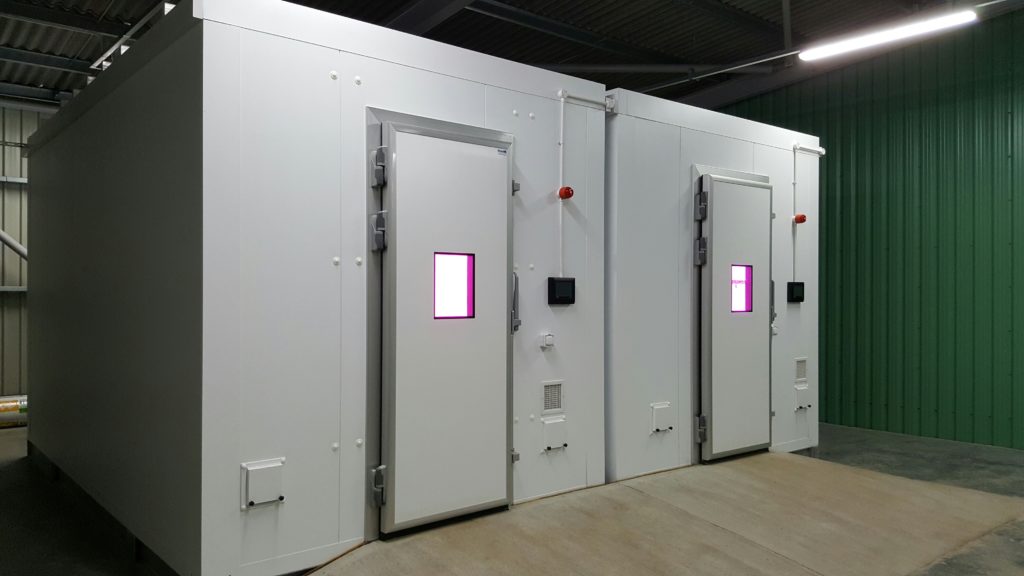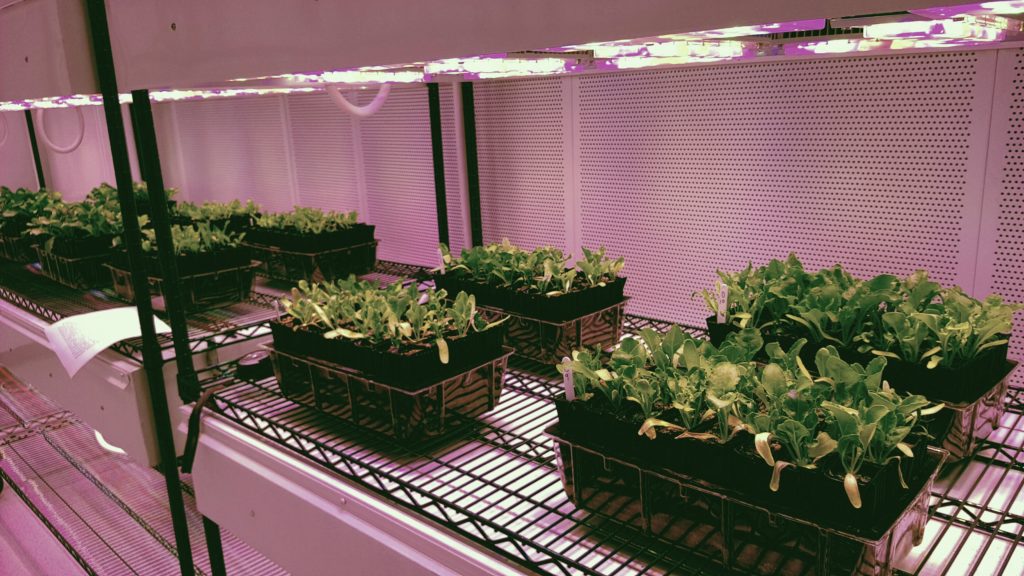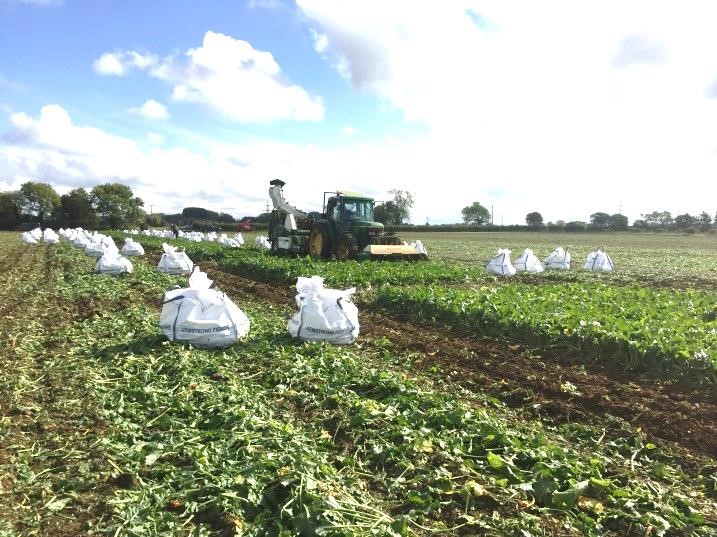Part 2: Ways we test new sugar beet seed treatments
Following on from the screening and laboratory testing featured in part 1 of this feature. The R&D team now explain ways they test new sugar beet seed treatments in controlled environments and field trials.
Ways we test new sugar beet seed treatments
Growth rooms
When measuring plants, you need to make sure you measure enough plants to be certain that any differences you see are due to the treatment and not just variation between individual plants, or differences in growing conditions. This last point is why the growth rooms exist, as you need to have a big space with controlled uniform conditions so that enough plants can be grown side by side under the same conditions to properly compare the effects of the treatments.


In the past, we were doing this using a different approach of field trials, but this is expensive and takes a long time and is not suitable for screening purposes since the number of treatments in screening is usually quite high and you can only do one round of trials each year. Having a controlled environment gives you year-round testing and more chance of finding the next new product.
Field Trials
Once we have narrowed down the new sugar beet seed treatments and developed the final version of the product then this is the point when field trials begin, to get the information about product performance in the real world.
Xbeet enrich 200 completed its 3rd year of field testing in 2019 and is available to the UK Seed account for the 2021 growing season.

There are several different types of trials that Germains commissions, each has a specific purpose:
Small plot trials
Gather robust data to prove benefits
• 3-4 varieties, 3-6 sites, 6 replications, plot size – 3 rows 7-10m long
• Trial design: small randomised blocks
Replicated strip trials
Prove benefits at field scale
• 1 variety, 3 sites, 6 replications, plot size – 6 rows 150 – 300m long
• These trials demonstrate a yield benefit under conditions as close as possible to normal farming practice
The overall process of trials for new seed treatments
After laboratory trials, commercial trials are done to obtain independent yield results. UK based trials are completed by BBRO and Armstrong Fisher, the harvested beet is taken to the Wissington factory to obtain sugar yield. NIAB is then contracted to independently calculate yield results.
Grower engagement trials
Additional trials carried out on-farm are our grower engagement trials, these support the final launch stages of new products and demonstrate that the final product; which is currently our Xbeet enrich 200, is safe and effective for use.
A range of different site locations are identified covering varying soils and climates and commercial equipment and agronomic techniques are used, which ensure the product is fit for purpose.
Throughout the trial, emergence counts take place, then final imaging (cyclops) assessments, measures the leaf area of the plants, allowing the team to monitor the effects of new technologies on the early growth of the sugar beet.
Ongoing development
Other potential new products are currently in the field-testing stage, whilst also continuing to screen and develop new ideas in the laboratory. To find out more about the work we do and our product range sign up to our newsletter here
